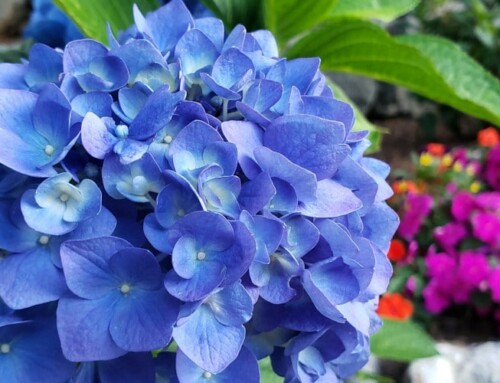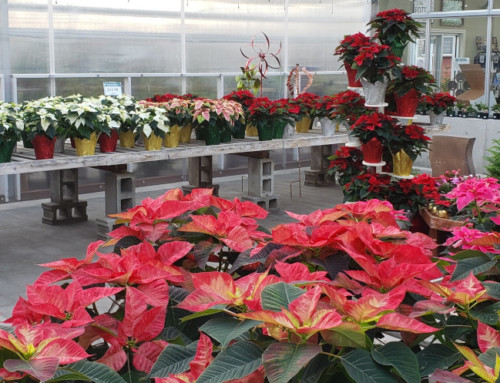Here in the Pacific Northwest, our seasons can typically be described quite simply: mild. That said, in the last two weeks our area has seen some of the coldest weather in three years, so if you’re wondering what steps you can take to protect your plants from winter damage, here are a few tips.
First off, let me preface this by noting that while this most recent cold weather is past, January is typically when we get the worst winter weather, so it’s never too late to take steps to protect your plants.
In recent years, container gardening has surged in popularity. While summer is the most common time of year for container gardening, you may still have some pots of winter pansies, dwarf evergreens or other plants of seasonal interest outdoors. If you haven’t yet offered them any protection for winter, keep in mind that any plant with its roots aboveground—as with anything in a container—is more susceptible to freeze damage. While night frosts merit little concern, days of subfreezing weather pose a serious threat to potted plants.
To protect container gardens from damage, wrap pots in bubble wrap and cover the top with a layer or two of garbage bags. Keep in mind that creating a tent over your plants is equivalent to building a small greenhouse, so remove the tent as soon as the weather warms up.
A second step you can take is to move containers indoors during bad weather, preferably to an unheated garage. Avoid moving containers into a heated space; doing so may make your plants think spring has arrived and want to start growing.
If you don’t have an unheated indoor space readily available for your containers, move your pots into a sheltered, south- or west-facing side of the house. With the sun so low in the sky this time of year, utilizing a south or west exposure will keep your pots warmer and can also protect them from wind damage.
Speaking of wind, if you spent anytime outside during the recent winter weather, you know that the wind itself was as unbearable as the frigid temperatures. For plants, wind poses two major threats: desiccation and the potential to break branches.
First, wind can quickly desiccate—dry out—plants. In subfreezing weather you may not be able to easily keep your plants watered, but as soon as the temperatures climb above freezing, get to watering, containers especially. Rain or melting snow will usually take care of the task for you, but in the event we go from cold sun to less-cold sun (it’s December—forget about warm sun!), be prepared to water.
Secondly, the strong gusts of a winter windstorm can easily snap branches on delicate or cold-brittle plants. If it’s either impractical or impossible to move or stake a plant susceptible to wind damage, grab a pruner and get to work. While fresh wounds on a plant will themselves be at risk for winter damage, it’s better you prune a plant and save it than let a gust of wind prune it for you and kill it.
Finally, keep in mind that plants are resilient. If a typically-hardy plant in your yard looks wilted, it’s likely a natural defense against cold, dry weather; expect it to bounce back as soon as warmer, wetter weather arrives. Winter cold can be hard on plants, but it’s great for killing insects and pushing plants into much-needed dormancy, so take what steps you need to protect your plants and learn to appreciate the benefits of another season.
[/fusion_builder_column][/fusion_builder_row][/fusion_builder_container]







Leave A Comment